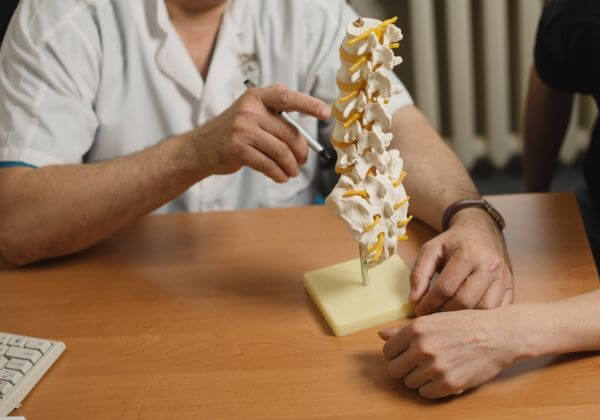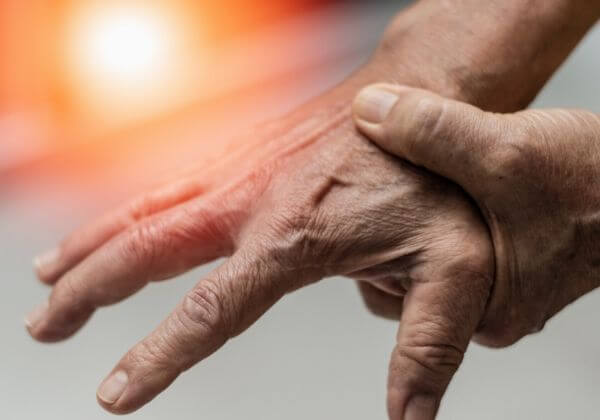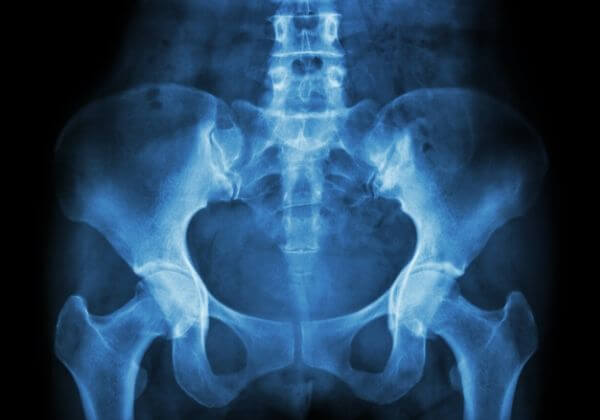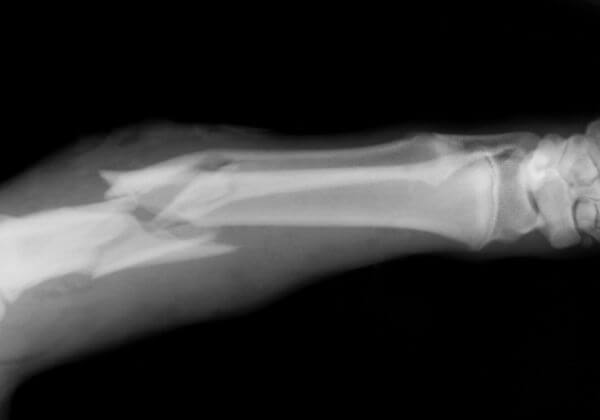It is not uncommon for older people to think they are taller than they actually are. Shrinking height inevitably comes along with aging, and many people forget or ignore this fact.
As you get older, you will get shorter, but it will likely not be by any largely noticeable amount. The loss in height from aging is one thing, but you can also lose height as a result of stooped posture, which is linked to several health conditions.
It is important to know the potential causes of losing height and what you can do about them.
On average, people lose between a 1/4 to a 1/2 inch in height each decade after your forties or fifties. Women tend to lose more height than men, but the reason is not yet known.
People lose height as a result of the discs between their vertebrae dehydrating and compressing, which leads to a loss of vertebral height. The vertebrae can also collapse because of bone loss density associated with some diseases or loss of muscle, which contributes to a stooped posture.
While height loss is an inevitable part of aging, it can also be an indicator of an underlying health condition. Stooped posture, as well as a loss of vertebral height and loss of disc height, are symptoms of some serious health conditions.
Height loss is serious if it is the result of spinal compression and can cause severe pain and disrupted mobility. It is important to have your height measured as part of your annual exam, to ensure that the inches lost are within the normal ranges of age-related height loss.
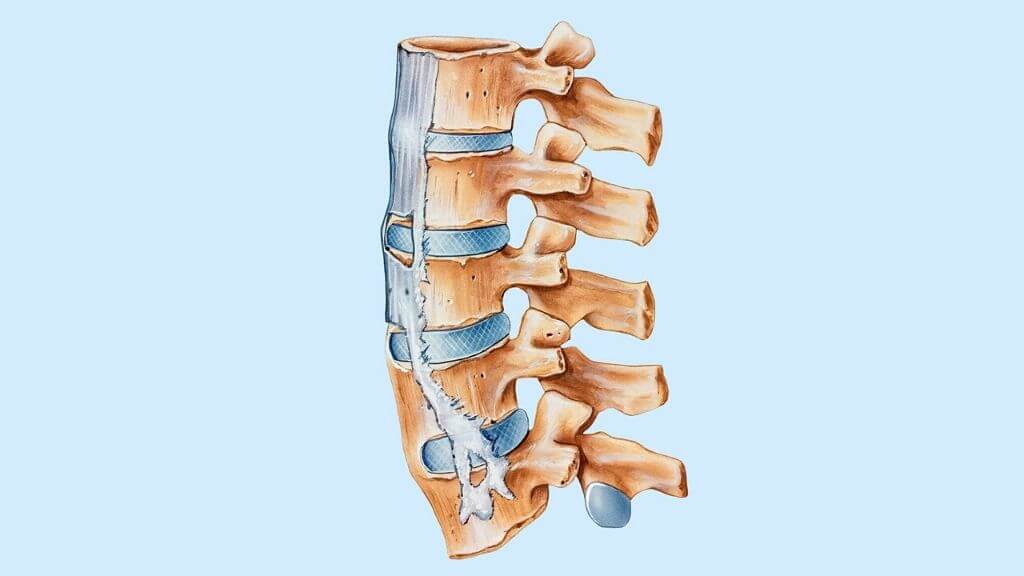
Ankylosing Spondylitis (AS)
This form of arthritis results in inflammation of the spinal joints and can cause your spine to get stuck in a bent position. People with AS face a vicious cycle with gravity and back strains every day.
Bending over can help to relieve pain associated with AS, but bone fusion can cause the vertebrae to lock in this position. Practicing good posture techniques is the best way to undo this. Making sure not to slouch and holding your head straight with your chin centered, can help correct poor posture and prevent too much height loss.
Kyphosis
Osteoporosis is a condition that causes bone loss, as new bone creation is unable to keep up with old bone removal. As a result, your bones are weaker and more prone to breakage.
The bones of the upper spine are mostly affected, and when these break, they cause pain as well as height loss or a stooped posture known as kyphosis. As more vertebra break, the spine becomes more curved, and the muscles and ligaments supporting them become strained and stretched.
Often nerves become pinched too, which makes kyphosis a very painful condition. Kyphosis can be prevented if you are conscious of your posture and take care of your back.
Osteopenia
This condition causes you to have very low bone density, and it increases your chances of developing osteoporosis. The low bone density makes bones very weak and prone to breakage, which will result in pain and a stopped posture.

To prevent osteopenia from developing into osteoporosis, you should practice good bone health. Eating a balanced diet with plenty of calcium and vitamin D, exercising regularly mixing both cardio with strength training, avoiding smoking, and limiting alcohol consumption should all be part of a lifestyle change.
Women going through menopause are at high risk for osteopenia and osteoporosis, but with HRT (hormone replacement therapy) they can prevent the bone loss that occurs naturally when the body stops producing estrogen.
Parkinson’s Disease
This is a disease of the central nervous system that affects movement. Nerve damage or brain cell changes as a result of this disease can cause postural changes, and many patients develop a bent posture.
The stooped posture is a trademark sign of the disease and is associated with increased muscle rigidity as nerves begin to fail. You can prevent this posture by stretching the chest, neck, and upper back to correct the forward bending posture. You can also strengthen your anterior muscles, which are weakened as a result of bending forward. This change will allow you to maintain an upright position for longer.
Scoliosis
This is a condition causing sideways curvature of the spine that develops right before the growth spurt in puberty. Mild cases may not impact your height too much, but severe scoliosis can cause dramatic height loss.
A curved spine is not going to be as long as a straight one, so the loss in height is understandable. This condition can be very painful and debilitating, but there are ways to restore some of the lost height.

Spinal fusion surgery can help straighten the spine, and exercise treatments have now been developed that can correct your posture too. Scoliosis causes your muscles to shorten, so stretching them out can help improve posture. If your posture curves to the right, then work on leaning left to stretch the opposite muscles out and strengthen them.
Upper Crossed Syndrome
Poor posture is the culprit of this condition, and it causes the neck, shoulder, and chest muscles to weaken and become deformed. Poor posture first causes the back muscles to become overactive and strained, and then the chest muscles to become tight and shortened.
These overactive and underactive muscles can overlap, causing an “X” shape. Chiropractic care can readjust your spine and joints that get misaligned as a result of the muscle strain, and this, in turn, can help correct the muscle activity. Physical therapy can also exercise the affected muscles in ways that encourage better movement and correct posture.
If a medical condition is to blame for your height loss or stopped posture, it needs to be specifically treated. However, height loss as a result of getting older or weaker bones can be prevented with a few lifestyle changes on your part.
These changes can also improve bone density, which can prevent the onset of several diseases like osteoporosis, which contribute to height loss.
♦ Start doing weight-bearing exercises to strengthen muscles and bones
♦ Ensure you get enough calcium and vitamin D through your diet or supplements
♦ Avoid excessive alcohol consumption and smoking
♦ Get regular bone density testing to stay ahead of any degenerative diseases like osteoporosis
♦ Do exercises that work against gravity such as jogging, walking, and aerobics

A stooped posture can result from a health condition, from poor posture, and from injury. Weakened bones that naturally occur with aging also contribute to lost height.
In many cases of stooped posture, there is pain associated with movements, especially when spinal degeneration has occurred. There are a few natural treatments you can try that will alleviate pain in the spine and restore health to the spinal joints.
♦ Collagen: Collagen is a significant component of bone structure. Bone mass loss associated with aging can contribute to and complicate stooped posture. Collagen supplements restore lost collagen and enhance bone strength. Collagen prevents bone loss and supports degenerated spinal joints.
♦ Hyaluronic acid: Another natural substance in the body that supports joints is hyaluronic acid. This gel-like substance cushions joints and spinal discs. This prevents shrinkage as a result of slipped discs and provides support for degenerative joints. Hyaluronic acid can repair areas of the spine that have weakened and are contributing to lost height.
♦ Astaxanthin: Astaxanthin is an anti-inflammatory compound that reduces pain and inflammation associated with stooped posture. Height loss and stooped posture force spinal bones to come into contact with one another. This causes inflammation and pain, which astaxanthin can reduce.
♦ Boswellia serrata: This natural anti-inflammatory compound has been used in traditional medicine for centuries. Proven to reduce inflammation and pain, boswellia serrata helps with pain and immobility associated with compressed bones and stooped posture.
You should be visiting your doctor annually for a regular physical and checkup, and during this time, you need to have your height measured. If you notice that height loss is significant, or if you are aware of significant changes in your posture, then you need to let your doctor know.
Some shrinkage is acceptable, but significant loss or stooped posture can indicate a serious condition that will require treatment. Ignoring this could lead to permanent changes in your stature, as well as chronic pain and disease.





